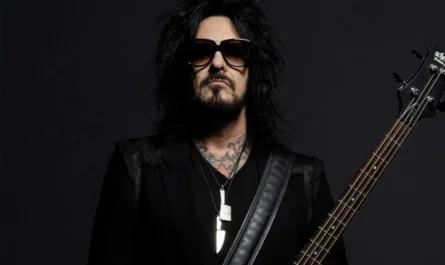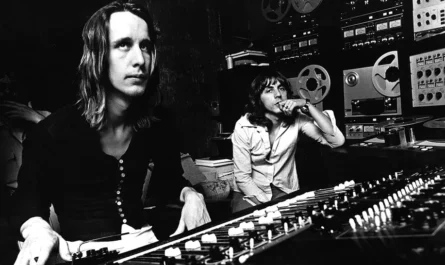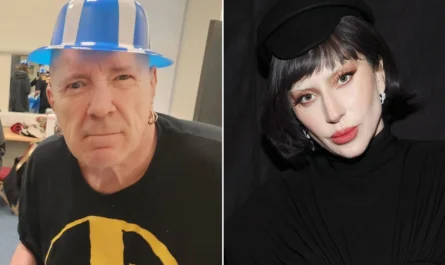Max Cavalera recently opened up about a difficult period in his life. He revealed how Deftones helped him through grief and darkness following his stepson’s death, in an interview with Louder Sound.
The Soulfly frontman reflected on the creation of his first album after leaving Sepultura and losing his stepson, Dana Wells, who died in a car accident. He explained how working with Deftones became a turning point during this traumatic time.
“It was a really weird time for me. It was my first album since leaving Sepultura and the first album after the death of my stepson, Dana [Wells, who was killed in a car accident two years earlier],” Cavalera said. “The first thing I did after that was work with Deftones, who were friends of Dana. They were there at his funeral – Chino [Moreno, frontman] was actually one of the pallbearers.”
Cavalera described how the collaboration led to the birth of Soulfly and the deeply personal song “Bleed.”
“They invited me to sing the song Headup on Around The Fur, and that is when I came up with the word ‘Soulfly’ [‘Soulfly / Fly high / Soulfly / Fly free’]. It all just started from there,” he continued. “I put the first Soulfly album together pretty quickly; I had demos like Eye For An Eye and No Hope = No Fear, but while we were in the studio I felt that I needed to pay more respects to Dana. So, I thought of Bleed, because that was how we were all feeling. We were all still suffering, still bleeding, from his death.”
The musician explained the emotional weight behind the song’s lyrics.
“It was built on this really cool groove, but it was the lyrics that made it really heavy. Lyrics like ‘See a mother cry, see a brother cry’… that’s the shit that went on in my house,” he said. “I would walk around and see Gloria [Cavalera, Max’s wife] crying and I would see the kids crying. It was fucking a rough time, man. I had to put it into the song.”
Cavalera credited Deftones with pulling him out of a dark place where he had given up on music entirely.
“Six months before, I was angry about Dana, angry about Sepultura. I’d been living in a dark room, drinking and taking drugs and I was done with music,” he revealed. “My heart was too broken to think about it – I just told everyone to fuck off, and that I just wanted to get drunk. If it wasn’t for Deftones, I don’t know what I would have done. It was tough and hard to make, but it was great catharsis and a great therapy for me.”
The tragedy that shaped this pivotal moment in Cavalera’s career occurred on August 16, 1996, when Dana Wells died in a car crash in Phoenix, Arizona.
Phoenix New Times reported that Wells lost control of his 1995 Hyundai and collided with a tree at approximately 1:43 a.m. The official police report concluded that Wells caused the accident himself. His mother Gloria Cavalera has maintained different beliefs about the circumstances surrounding his death.
The collaboration with Deftones on “Headup” from their 1997 album Around the Fur represented more than just a musical partnership. The raw, emotional track combined the styles of both artists and showed solidarity among musicians during Cavalera’s darkest hours. This support from Chino Moreno and the Deftones helped Max channel his grief into creativity, ultimately leading to the formation of Soulfly.
DC Heavy Metal noted that Soulfly’s self-titled debut album was released in 1998. It marked Max’s new beginning after leaving Sepultura amid personal and professional turmoil. The album melded metal with tribal and world music influences, serving as a cathartic outlet for his grief and anger while establishing Soulfly as a prominent act in the metal scene.
The song “Bleed” from that debut album features tribal rhythms and aggressive vocals mixed with metal riffing. It exemplifies the album’s blend of extreme metal and world influences. Its intense rawness helped frame the album as both a tribute to Dana Wells and a statement of resilience by Cavalera, demonstrating how he transformed profound personal loss into powerful artistic expression.
The interview provides insight into one of metal’s most emotionally charged albums and the friendship that helped save an artist during his darkest hour.





